2024 is shaping up to be a record-breaking year for Kia.
Latest car industry figures reveal that the Kia Sportage was the month’s best-selling car of any make – a significant achievement in September - ranking as the UK’s second best-seller so far this year.
The car maker's electrified car sales also continued to go from strength-to-strength too, with every one in two Kia sales either an EV, PHEV or HEV model.
2024 is shaping up to be a record-breaking year for Kia.
Latest car industry figures reveal that the Kia Sportage was the month’s best-selling car of any make – a significant achievement in September - ranking as the UK’s second best-seller so far this year.
The car maker's electrified car sales also continued to go from strength-to-strength too, with every one in two Kia sales either an EV, PHEV or HEV model.
AM met with Paul Philpott, president and CEO of Kia UK to discuss what are the key goals of the brand and how it plans to further solidify its position in the UK market.
Your performance this year has been outstanding. What did September’s sale figures indicate – for the month – and for the first nine months of 2024?
September gave us more good news in that we did over 17,500 sales. We were number two behind Volkswagen in the month which is a pretty unprecedented position for us to be in. Perhaps even more importantly, our Sportage was the number one, best-selling car in the month.
So that takes us to about 92,400 units in total at the end of September. We therefore continue to be number four in the market with a 6.1% market share - so very much continuing the momentum, and that will be another new record for us as a brand.
How do you plan to maintain the momentum of the Sportage?
The Sportage is all about selling in all channels, whether it's fleet, retail, Motability. It's always been a very popular choice. The product is exceptional. It comes with a petrol, a hybrid powertrain, and it also has the choice of a plug-in hybrid powertrain so it really suits many customers and their motoring needs.
The car remains in high demand and the good thing about Sportage is that at the end of each month, we carry forward a good orderbook for the following month.
While most of our marketing investment right now goes on electric vehicles (EV) and building our profile as a leader in EV, the other product line that we market pretty heavily is Sportage, because our two EVs and Sportage are the two key elements of our brand and our success.
Are there any category priorities Kia is targeting before the end of the year?
One of the biggest priorities we all face is the transition to EVs. We’re all now tasked by government regulation to produce an 80% EV mix by the end of the decade and that's a long path to go.
In Q4, we'll launch EV3, our new small SUV, fully electric powertrain with a 372 mile range. We've just launched the new EV6, which is arriving in showrooms now, and of course, we have the well-established EV9 which is creating some good demand. So our focus through Q4 will very much be about building that EV momentum into next year, when the ZEV mandate target moves from 22% this year to 28%.
What do electrified models account for in terms of total sales to date – and what will BEV’s share be?
Around 50% of everything we sell is electrified, plug-in hybrid, hybrid and EV combined. EV is just under 15% but that's before the sales impact of the new EV6 and then, particularly in Q4, the introduction of EV3.
What strategies are driving the strong sales performance in Kia’s electrified models?
The marketing focus is all around EVs. Customers have traditionally been used to ICE vehicles: hybrid and plug in hybrid. The important messaging is EVs, because some customers are on a journey from their traditional petrol or diesel car and need to go through the stepping stones of having a hybrid or having a plug in hybrid before they have an EV. Some, however, are absolutely ready to make the transition directly from petrol to EV.
I think this is about becoming a leader in EVs, having a reputation as a manufacturer of a very positive range of EVs with excellent design quality, seven-year warranty and long range.
Kia recently launched new versions of the Picanto and Sorento. How have these new models been received by both dealers and customers, and what are your sales expectations for them?
Very good. At the same time as our investment into EVs, we continue to invest in non-electric vehicles. Picanto has been particularly successful in Q3. It is an exceptional little car in a segment where many competitors have either left or are in the process of leaving, and for dealers, that is a real benefit for them.
Sorento has never been a massive volume seller, but the evolution of the Sorrento product, particularly through the latest iteration, makes it a very competitive choice alongside our high-end electric vehicles.
You’ve often said that Kia’s dealer partnerships are critical to your success. What feedback have you received from dealers regarding your electrification strategy, and how are you addressing their general concerns, particularly around targeted EV volumes?
There's no one silver bullet to this. We're on a journey to electrify our product range and ultimately to have 80% of our sales EVs by the end of the decade. This is a long process that is made up of the number of elements.
Firstly, we've laid out the new products that are coming over the next two years for the dealer partners. We did that in our pan-European dealer convention at the end of May.
Alongside that is the investment that we're making in marketing. All of our marketing in Q4 is either behind the new EV6 or new EV3 - and thirdly, the whole element of training and education.
Right now, we've got an EV master class at Silverstone that 900 of our customer-facing staff at dealerships are going through - a dedicated one-day interactive training session around EV3, EV6, EV9, covering how to sell the benefits and understanding all the important features of our EVs.
We've also held dedicated EV customer road shows. We've done training events at dealerships and our new academy at Derby runs dedicated training programmes for EV sales techniques. So it's a very consistent process whereby we have a plan to build the belief in EVs across the network and the expertise among sales teams.
Kia consistently achieves top ranking in the NFDA Dealer Attitude Survey. How do you ensure that your dealers remain motivated and satisfied as Kia’s electrification strategy evolves?
It's a simple process in that it's about being true, respectful partners and ensuring good communication at all levels. It's also about ensuring that we create a business model for dealers that is profitable.
Dealers are driven by partnership and profitability, and I think if we get those two right, then we're well on the way of keeping our nose in front through NFDA surveys and the like.
But also, it's about confidence, about the future. And we're in a period of great change, from evolution from ICE powertrains to EVs, and having the confidence to continue to invest in a range of products over the next few years.
Picanto is ICE-only. EV3 is EV-only, and they can see and feel a confidence that we'll have a product range that will suit customers as we move on this journey of transition from petrol to EV.
What challenges do you foresee in scaling up EV production – including achieving a successful manufacturing mix between hybrids and all-electric models – to allow Kia to maintain its current growth trajectory?
Clearly for the long term, our strategy is all about EVs, but we are continuing to invest in hybrid and plug in hybrid alongside EVs. We have the benefit of being part of the third biggest global automotive corporation, the Hyundai/KIA Motor Corporation, behind only Toyota and VW.
We produce for a global market, and then it's allocated out among the market. Decisions are made not just for UK, but are made for global operations.
We take about half of our production from our Korean plants and the other half from Slovakia, that only serves the European car market. It's all about balancing the mix between EVs, plug-in hybrid, hybrid and ICE, ensuring that we avoid fines under any government regulation, but to also make sure that we've got a product offering that each and every customer wants.
Do you think other regions around the world are having an easier time in their transition to electrification, or is the industry here feeling the pain early because the UK has the ZEV Mandate?
Everywhere, certainly every market in Europe, is on a pathway towards electrification, as is the US. There are obviously some markets that are not quite so developed as others and there are others that are more developed than us.
If you take Norway, they're already at 80 or so percent EV, so it's difficult to compare region by region. We simply have to meet regulatory requirements but I think it's important that the industry continues to dialogue closely with government and review what things like the ZEV mandate are achieving and what the impacts of such regulation are.
Tomorrow, we're expecting the EU member states to vote on whether the EU will apply additional tariffs on Chinese EVs. It looks likely that they will go ahead, although negotiations will undoubtedly continue. What's your opinion on the vote’s impact on the dealership community having to sell EVs and the manufacturers who need some direction in terms of how electrification will be handled?
We'll wait to see what the EU does tomorrow, and then we'll see whether the UK government decides to follow with anything similar. We, as a manufacturer in Europe and a major global player, have to respond to whatever the competitive landscape is in each and every market.
Here in the UK, the Chinese manufacturers are clearly establishing themselves. At the highest point, MG have already established themselves. They're a 4.5-5% player. Volvo have already established themselves too.
What's interesting is that some of the new brands, the BYDs and the Omodas and such – we have a lead on them. We've got a brand image that already is well defined and is already well known by majority of customers. We have an established dealer network and a strong partnership and a position of trust, and importantly, we have well established supply chains.
It's all very well selling a new brand's car, but if you can't meet customer requirements when those products go wrong, with parts arriving on time and ease of rectification, then that's a big issue for consumers and for those brands.
I cannot control whether either the UK government or the EU put tariffs on Chinese brands, I just have to respond to the outputs of them. I think what's important for us is that we continue to develop our brand image as a leader in EVs and provide a great customer experience to all our customers. Then we'll stay strong.
Login to continue reading
Or register with AM-online to keep up to date with the latest UK automotive retail industry news and insight.

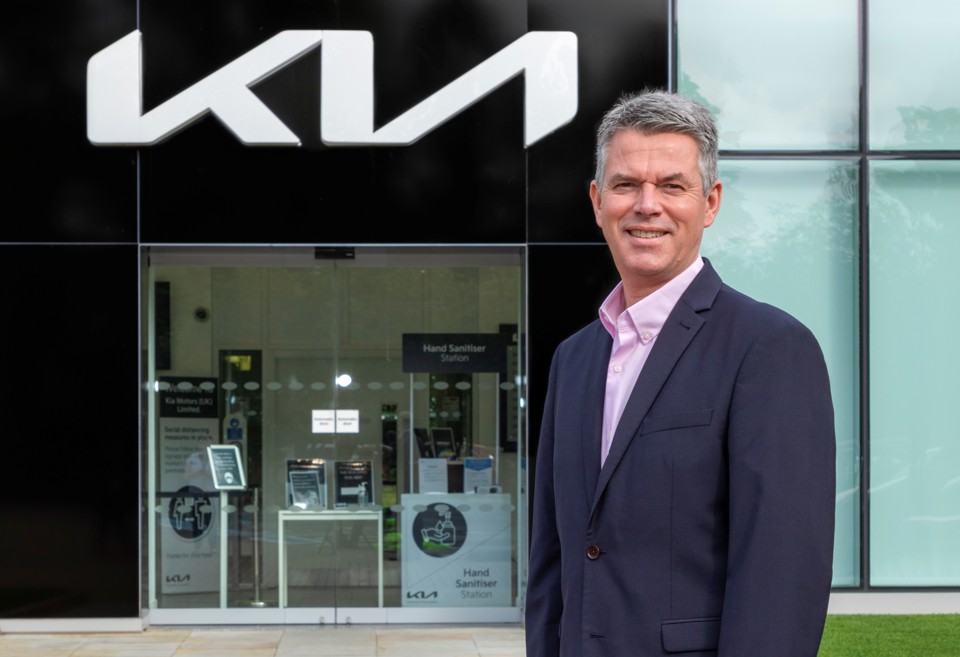



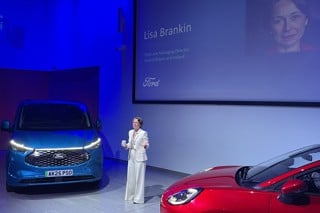
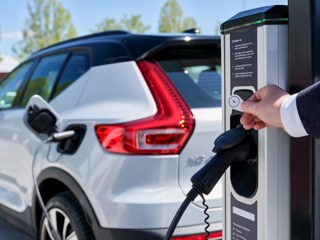
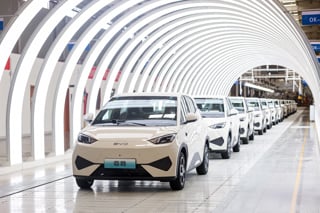
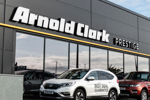



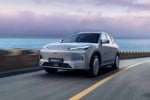


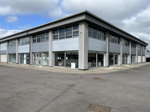
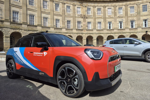



Login to comment
Comments
No comments have been made yet.